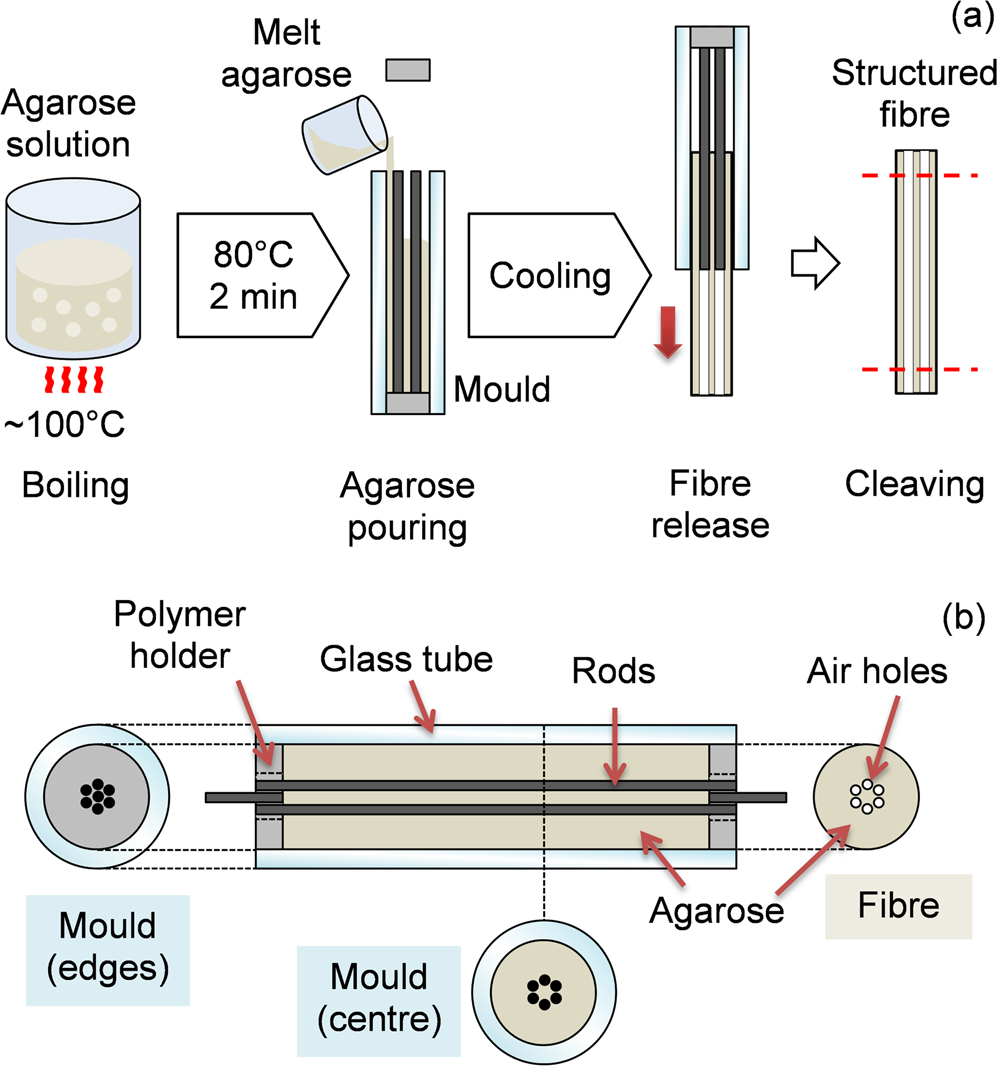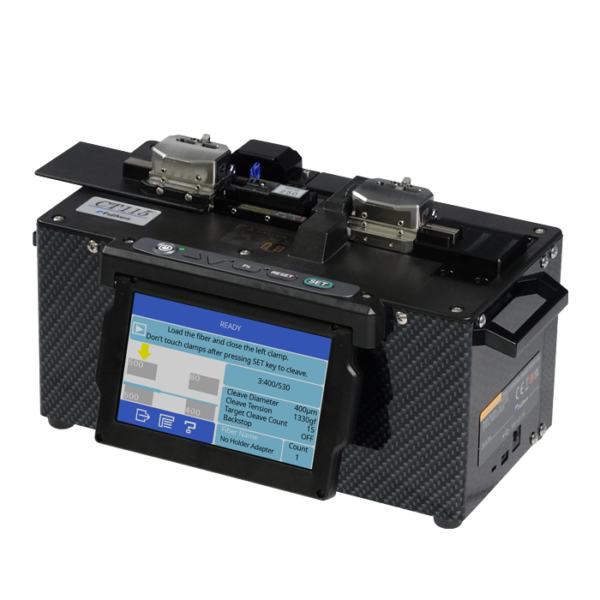Optimize Your Fiber Optic Performance: Comprehending Optical Fiber Size Analyser Technology
The performance of fibre optic systems is critically affected by the accuracy of their size, a variable usually ignored in the pursuit of ideal signal integrity. Comprehending the technology behind optical fibre size analysers discloses the complex equilibrium between measurement precision and production high quality.
Significance of Optical Fiber Diameter
The size of optical fiber plays a critical function in identifying the performance and performance of communication systems. It influences several key specifications, including the setting of light proliferation, attenuation, and bandwidth capacity. Bigger diameters generally permit several light modes, promoting greater data transmission rates. On the other hand, smaller sized sizes have a tendency to sustain fewer settings, which can enhance signal quality and lower crosstalk.

Additionally, recognizing the diameter's implications can bring about cost savings by minimizing the requirement for signal amplification and repeaters in substantial networks (optical fibre diameter analyser). In conclusion, the importance of optical fiber diameter can not be overstated, as it directly affects the overall effectiveness and reliability of modern-day communication systems

Just How Diameter Affects Signal Quality
Signal high quality in optical fiber systems hinges significantly on the size of the fibre. A smaller sized diameter can lead to greater depletion prices, resulting in signal loss as light travels with the fibre.
On the other hand, bigger sizes generally permit improved light capture and minimized modal dispersion, enhancing signal quality. In multimode fibers, a larger core diameter can sustain multiple light modes, yet it may likewise present intermodal dispersion, which can weaken signal top quality. Choosing the optimum fiber diameter is essential for achieving the desired performance in specific applications.
In addition, the communication between the fiber size and the wavelength of the light utilized plays a crucial duty in figuring out the reliable transmission range and overall signal integrity. Understanding exactly how fibre size affects signal high quality is important for network developers and engineers aiming to optimize optical fiber systems for trusted, high-speed information transmission.
Summary of Diameter Analyser Innovation
In lots of optical fibre production processes, accurate dimension of fibre diameter is important for making certain constant performance and top quality (optical fibre diameter analyser). Size analysers are advanced instruments created to analyze the physical dimensions of optical fibres with high precision. They utilize innovative optical and laser innovations to measure the size, ovality, and concentricity of the fiber, hence giving vital data for quality assurance
These analysers can run in-line during the production procedure or as component of off-line testing methods. In-line systems allow real-time surveillance, allowing producers to readjust parameters immediately, thereby preserving ideal manufacturing problems. Off-line analysers, on the other hand, supply detailed analyses of batches, making sure that any inconsistencies from defined tolerances are determined and dealt with.
Diameter analysers considerably add to the decrease of flaws in optical fibers, enhancing general item integrity. By constantly measuring crucial specifications, these technologies facilitate compliance with market criteria and requirements. As the demand for high-performance optical fibres proceeds to increase, the role of size analysers becomes progressively important in attaining the preferred high quality and efficiency requirements in fibre optic systems.
Secret Features of Fibre Diameter Analysers
Although different models of fibre diameter analysers exist, they commonly share a number of crucial functions that enhance their functionality and reliability. One of one of the most significant features is high-resolution measurement capacities, which guarantee specific diameter readings, vital for preserving quality assurance in fiber production. Additionally, lots of analysers incorporate sophisticated optical sensing units developed to detect minute variations in fiber use this link diameter, hence supplying vital data for process optimization.
One more vital function is real-time tracking, enabling operators to get instant responses on fiber size throughout the manufacturing process (optical fibre diameter analyser). This capacity facilitates fast adjustments and minimizes the probability of issues. Many analysers also come outfitted with user-friendly user interfaces, allowing drivers to easily browse via information and settings outcomes
Moreover, durable information storage space and analysis functionalities are necessary for tracking historical efficiency fads and ensuring compliance with market requirements. Some designs even supply connection choices for assimilation right into existing manufacturing control systems, improving total functional performance. Finally, portable and small layouts permit flexible release within production atmospheres, guaranteeing that quality assurance procedures are smooth and efficient. These functions jointly add to the efficiency of fiber size analysers in enhancing fibre optic efficiency.
Finest Practices for Fiber Optimization

First, routine calibration of optical fiber size analysers is vital. This ensures accurate measurements and decreases prospective inconsistencies that could impact performance. Next off, maintaining a tidy functioning environment is crucial; dust and contaminants can cause signify degradation.
Furthermore, it is essential to select fibres that meet certain application requirements. This includes reviewing try here elements such as depletion, bandwidth, and ecological conditions. Correct setup methods ought to likewise be abided by, consisting of staying clear of sharp bends and excessive tension, which can jeopardize fibre stability.
Furthermore, using advanced tracking systems can facilitate real-time performance analyses, allowing prompt identification of concerns. Normal testing and maintenance must be carried out to ensure that fibres remain within ideal operational specifications.
Lastly, training employees on the most recent fiber optimization innovations and methodologies will boost their capability to execute reliable methods. By following these ideal practices, organizations can substantially boost the efficiency and lifespan of their optical fibre systems, ensuring effective communication and information transfer.
Verdict
Finally, the integration of optical fibre diameter analyser modern technology is critical for taking full advantage of fiber optic performance. By guaranteeing accurate dimensions of fiber measurements, these analysers dramatically improve signal quality and reduce losses during information transmission. Regular calibration and upkeep of the analysers are important to promote ideal efficiency and conformity with market standards. Eventually, the application of this technology helps with improved data transmission prices and enhances signal honesty, adding to the total effectiveness of fiber optic systems.
Signal top quality in optical fiber systems pivots dramatically on the diameter of the fibre.In many optical fiber manufacturing visite site procedures, precise dimension of fibre size is crucial for making sure regular performance and high quality. As the need for high-performance optical fibres continues to increase, the role of size analysers becomes increasingly important in accomplishing the desired quality and efficiency standards in fibre optic systems.
These attributes jointly contribute to the effectiveness of fibre diameter analysers in enhancing fiber optic efficiency.
In final thought, the combination of optical fiber diameter analyser technology is important for taking full advantage of fiber optic efficiency.